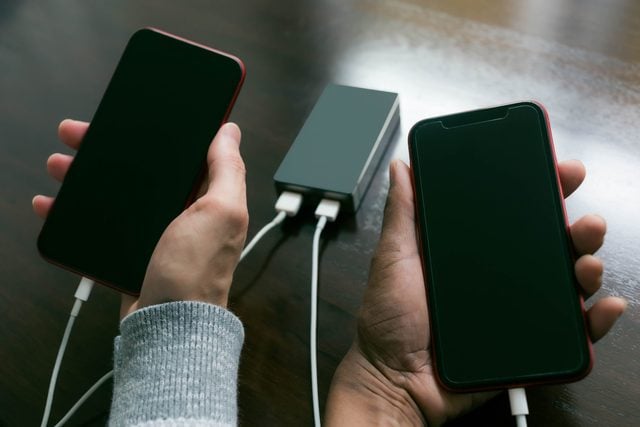
Phone battery myths
There are a lot of myths out there about how you should be caring for your phone battery. We talked to tech experts to find the truth that will help to keep your phone battery as healthy as possible. If you use too many apps, here’s how to see which ones are draining your phone battery.
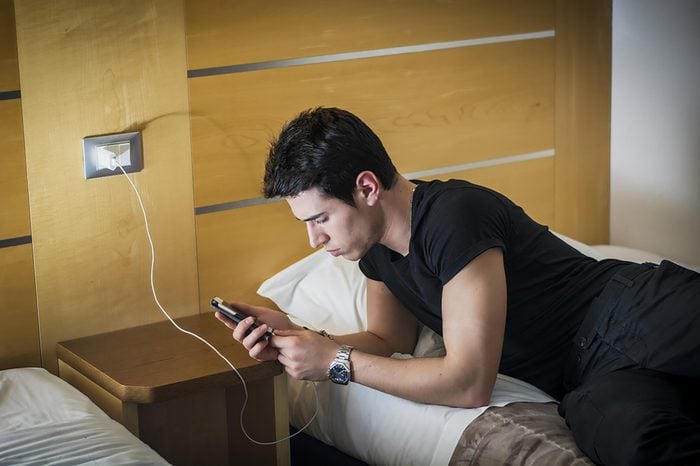
Myth: I shouldn’t keep my phone plugged in overnight
Truth: Smart technology stops your phone battery from charging after it’s full. If the battery drops back down to a certain point when it’s still plugged in, the phone knows to start charging again, says Sergio Flores, electronics engineer for Samsung. “This way, even if you are charging your phone overnight, the phone battery is only being charged when it is necessary,” he says. Here are some surprising Android hacks you never knew about.
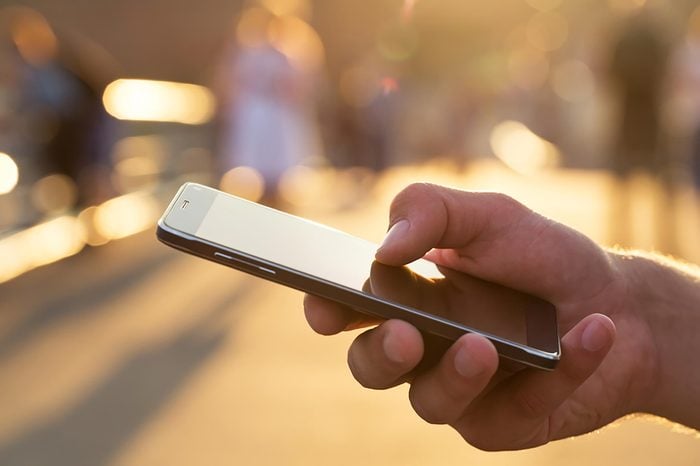
Myth: Might as well always leave my phone on efficiency mode
Truth: Keeping your phone on low-power mode after it’s charged won’t harm the software, but it might lead to poorer user experience. “Phones are designed to be really flashy and give you an over-the-top experience,” says Brad Nichols, a technician with technology repair service company Staymobile. “When you turn them into that efficiency mode, it gets rid of all the redundant things.” Low brightness might make the screen hard to see, and you might notice the sound isn’t as loud as you like. Plus, apps might only check for notifications every ten minutes or so, so you won’t get the instant feedback you’re used to, says Nichols. This is the best way to charge your phone to make its battery last longer.
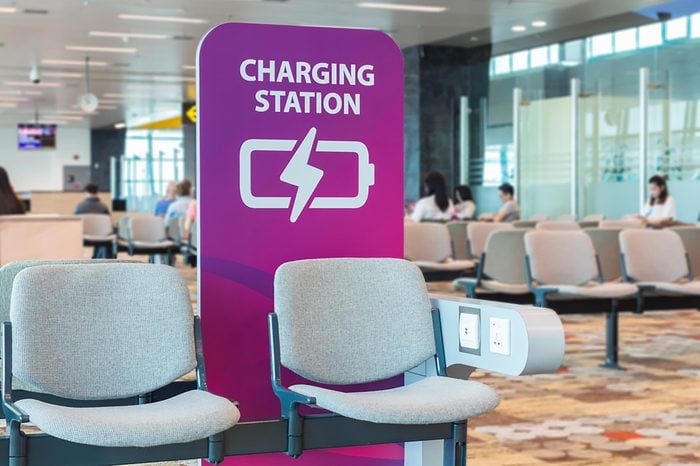
Myth: My phone is totally safe in a public charging port
Truth: Using a public port could put your information at risk. Unlike the typical socket you’d plug your charger into, those cords you see at restaurants and airports create an easy path to transfer data. “People don’t realize they’re not just a power source,” says Eva Velasquez, CEO and president of Identity Theft Resource Center. “It’s not like plugging your lamp into the wall.” Hackers could potentially access anything in your phone—emails, texts, photos, and more. If you need to charge your phone battery in public a lot, a portable charger is a much safer option, says Velasquez. This is how often you should restart your phone.

Myth: I need to charge my new phone fully before I use it
Truth: Your phone already has some juice, and skipping that first charge won’t affect its life long-term. The only reason some manufacturers suggest charging it first is to make a good first impression. By the time that new phone reaches your hand, testing and manufacturing have already drained up to half the battery. “If you expect an eight-hour battery and it lasted four hours, that’s not the experience the manufacturer wants you to have,” says Nichols. “Most of the time these recommendations are to make users feel like they are getting the quality of the device they were promised.” Watch out for these ways you’re shortening the life of your phone.
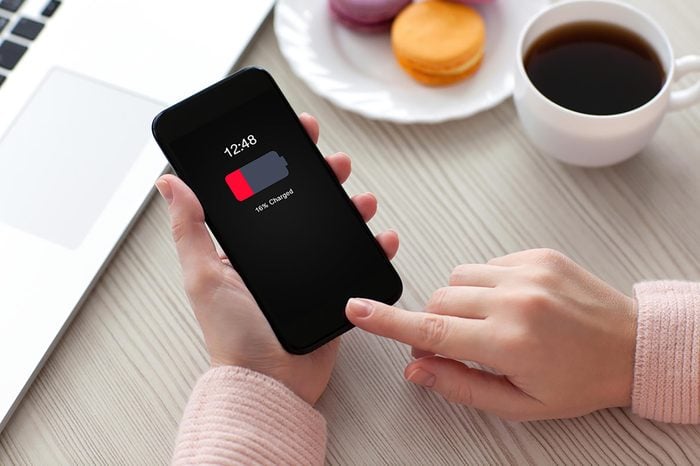
Myth: I shouldn’t charge my phone until it dies
Truth: It’s better to juice up the lithium-ion battery in your phone before it reaches zero. “These kind of batteries tend to ‘forget’ what their full capacity level is, and so when recharged, they do not recharge to the same level as they were at the beginning,” says Flores. Major brands have solved the problem for the most part, but older models might still have that issue, he says. Give these helpful little-known iPhone hacks a try.
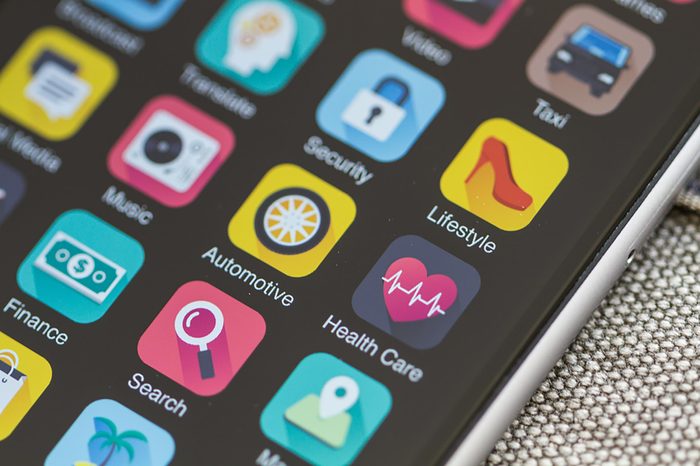
Myth: One app can’t take up that much energy
Truth: Just one app could be sucking up a ton of your phone’s battery. Sadly, one common culprit is the Facebook app. “A lot of [apps], like the Facebook app, do things in the background, even when you’re not running it,” says Nichols. The app is constantly checking for messages and status updates, and refreshing your feed in the background, he says. Some Android users have even reported that deleting Facebook apps helped their other apps run 15 percent faster and saved 20 percent of their phones’ battery lives. Keep from running to your charger as often by deleting the app and checking Facebook through a web browser on your phone instead, suggests Nichols. Don’t miss these other sneaky things that kill your smartphone battery.
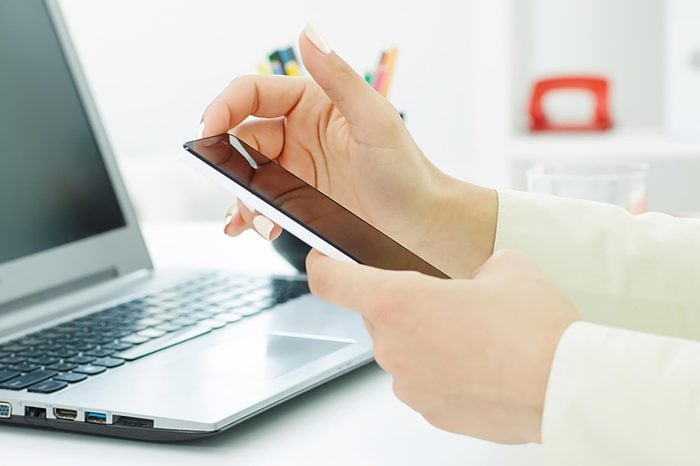
Myth: Turning my phone off is totally useless
Truth: Resetting your phone could help conserve battery. Most people don’t fully close apps when they’re done using them, so those apps are still working in the background. Each one might not use a ton of juice, but the more that are running, the shorter your battery life will be. If you’re in the habit of leaving apps up, make a point of turning your phone off at least once a week to close those battery suckers. “Restarting your phone takes two minutes, and you can usually tell the difference,” says Nichols. “If you turn your phone off completely, it’s processing zero tasks as opposed to 20 tasks every ten minutes.” Keeping it off overnight might not be realistic, so try shutting it down before a long meeting or at the movies. This is why you should stop charging your phone in the car.
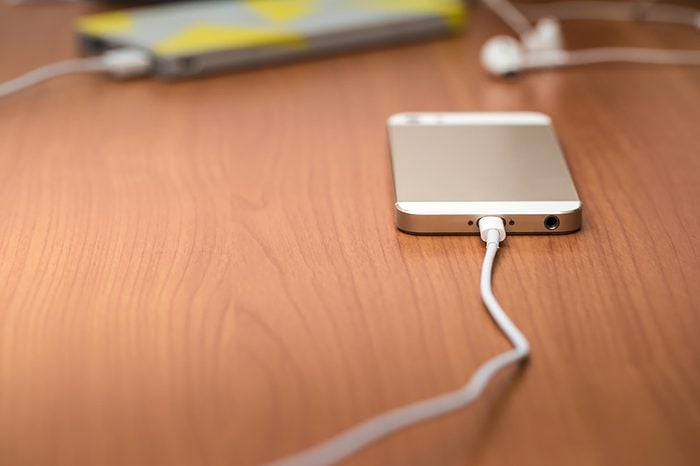
Myth: I shouldn’t touch my phone while it’s plugged in
Truth: You can feel free to open apps or take calls while your phone is charging. “Although when you are charging your phone, the power is different from the one you normally use (the battery), the results and performance of the circuitry are always the same,” says Flores. One caveat: Open apps use up power while the phone battery is charging, meaning it will take longer to juice up, says Nichols. So if you need a full charge fast, fiddling with your phone will work against you. Learn some genius ways to use less cell phone data.
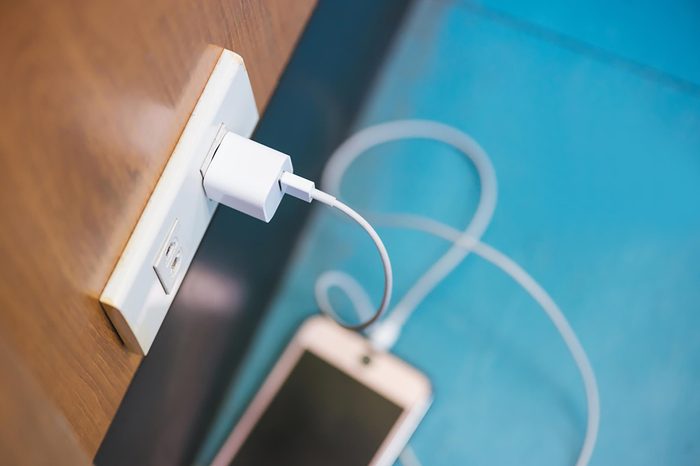
Myth: I should save money with an off-brand charger
Truth: Knockoff chargers could damage your phone’s battery. “Cheaper chargers don’t necessarily have the standards in place to fill your phone constantly with the correct voltage,” says Nichols. “The fluctuation of voltage can damage the charger port, and even damage your battery.” In a pinch, an off-brand cord probably won’t do as much damage as a knockoff of the piece that plugs in to the wall or car might. But your best bet is to stick with manufacturer-certified products, says Nichols. These are the smartphone repairs you should never pay someone to fix.
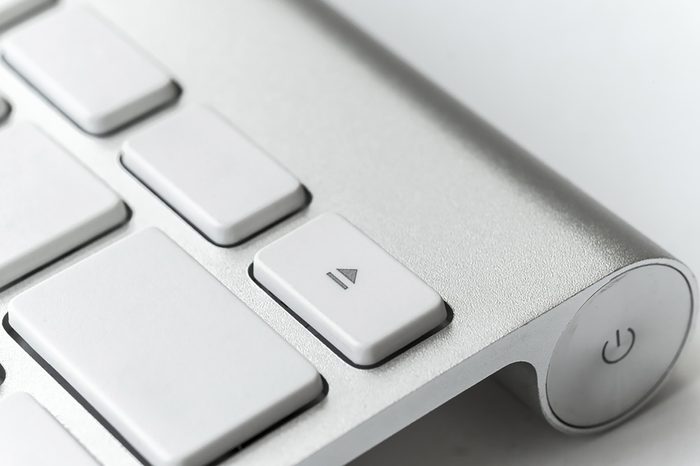
Myth: There’s no point in hitting “eject”
Truth: Taking your phone out of your computer without ejecting it could damage your files. “If you were before transferring pictures or data, unplugging it may disrupt that connection too soon,” says Nichols. You could end up with corrupted files or keep your phone from backing up completely, he says. But if your phone is plugged in to the wall, you can pull the plug any time. Don’t fall for these tech myths either. One another note, here’s your answer if you’ve ever wondered why you never see B batteries.
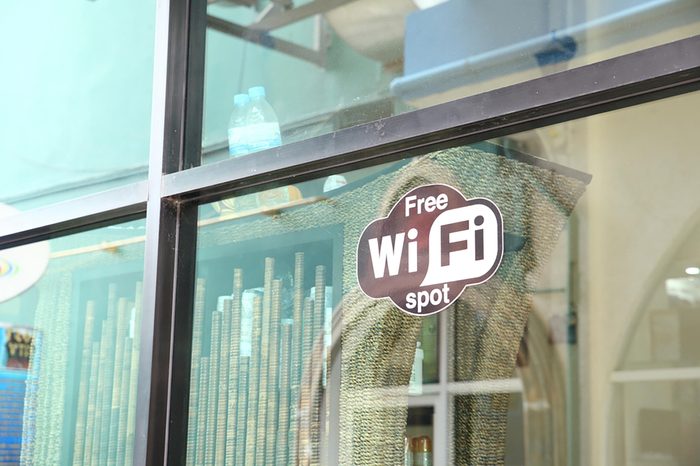
Myth: Having Wi-Fi searching is killing my battery
Truth: Searching for Wi-Fi does take energy, but not enough to notice. When your phone is set up to hunt for Wi-Fi, it searches for signals from access points and sends out its own signals to let them know it’s there. But that doesn’t mean you need to turn Wi-Fi off every time you leave the house. “You’re talking about very low tasks,” says Nichols. “They’re not taking up much battery at all.”